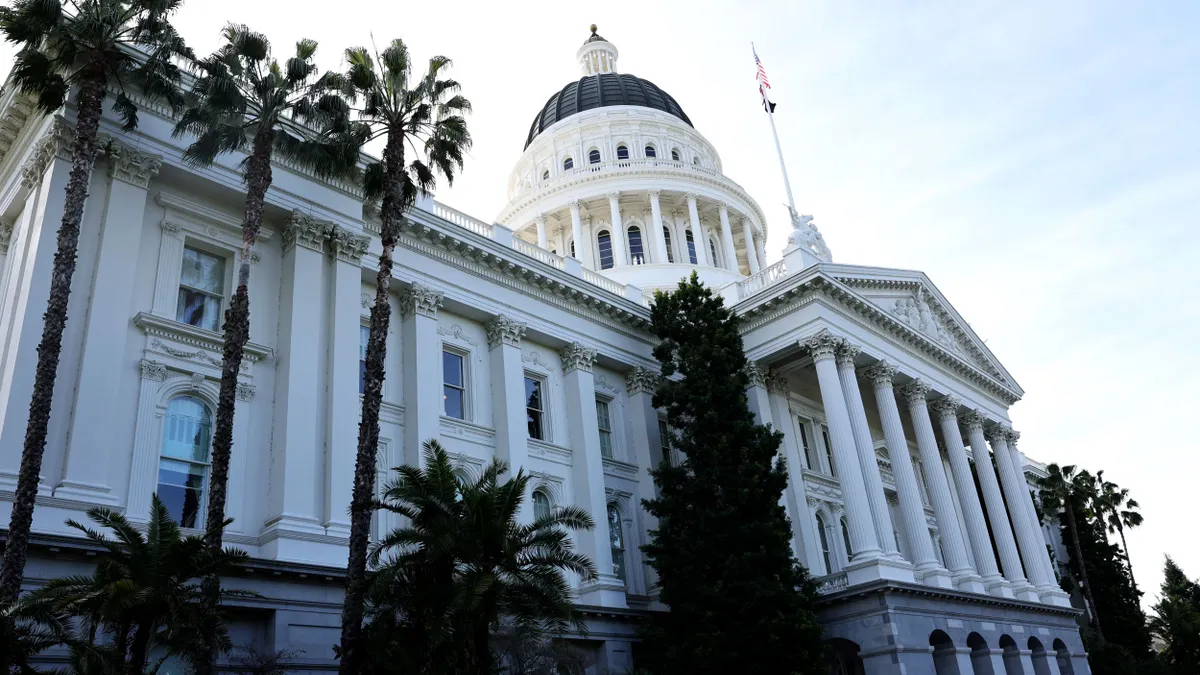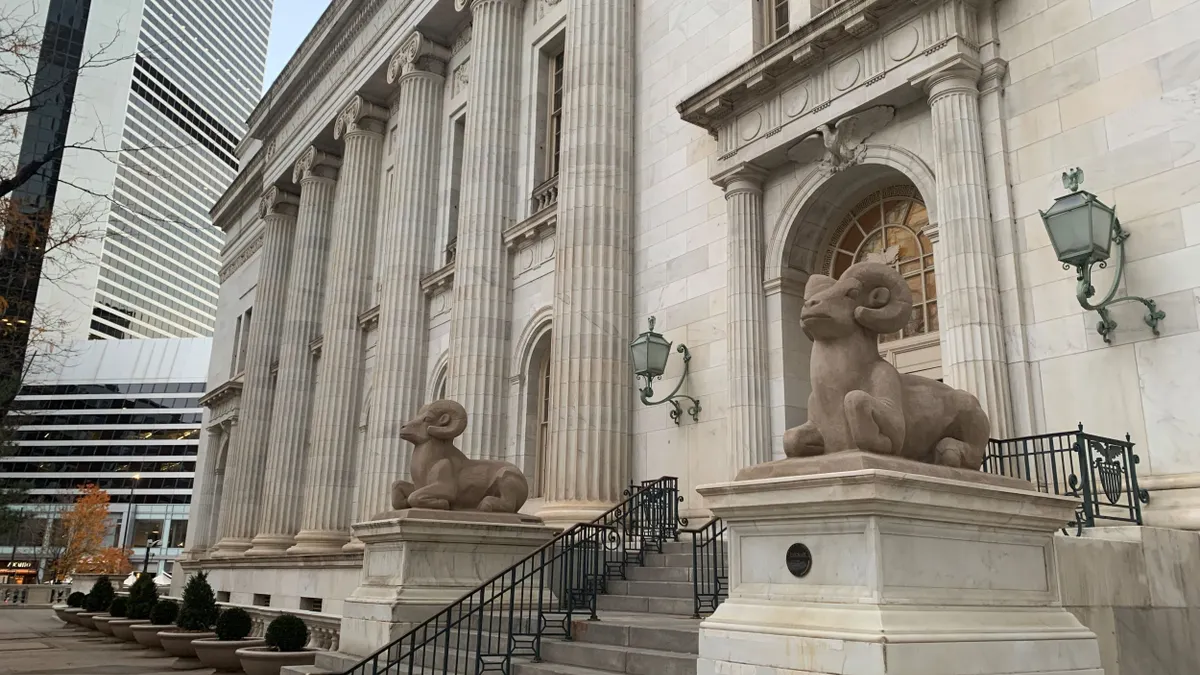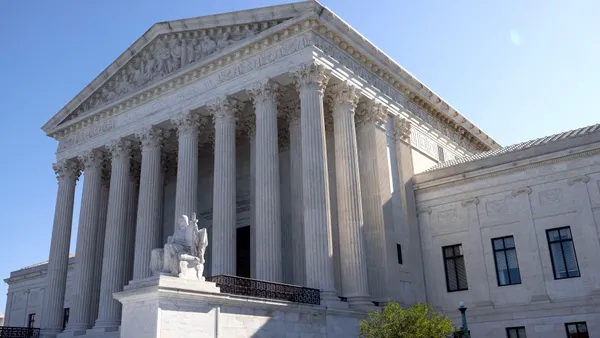Following President Donald Trump’s unprecedented firings of Democratic leaders at independent agencies in the spring, the U.S. Supreme Court agreed to take on Trump v. Slaughter, the challenge filed by former Federal Trade Commission member Rebecca Slaughter.
The case relies on 90-year-old precedent, Humphrey’s Executor v. U.S., in which the Supreme Court held that members of quasi-legislative or quasi-judicial bodies created by Congress — such as federal agencies — cannot be removed without cause. The question is whether the current SCOTUS will uphold or strike down the precedent.
Arguments in the case are scheduled for Dec. 8.
Amicus briefs pour in
As of mid-November, individuals and organizations have filed more than 50 amicus briefs — arguments made by third parties in support of either the defendant or plaintiff. Among them are former members of the U.S. Equal Employment Opportunity Commission, professors, legal historians, former chairs of the FTC, the state of Colorado, and conservative groups the Cato Institute and America First Legal.
Notably, a group of former Republican or Republican-appointed White House lawyers, senior government officials, governors and lawmakers also filed an amicus brief — in opposition to the president.
Humphrey’s Executor “was an originalist decision, written by the Justice who is considered the intellectual progenitor of originalism,” the group wrote, referring to Justice Sutherland. In legal terms, originalism is the conservative theory that law, and in particular the U.S. Constitution, should be interpreted as it was understood at the time of adoption.
“In upholding the FTC’s removal protections, Justice Sutherland’s opinion for the Court examined the Constitution’s language and structure, as well as the Framers’ original intent regarding removal and the separation of powers,” the group wrote.
A bipartisan group of former lawmakers, including three Republicans and three Democrats, similarly pointed to the need for separation of powers, arguing that the president overstepped his authority in removing agency heads.
“This ignores Congress’s substantial authority in the area,” the former lawmakers, members of congressional reform group Issue One, wrote in their amicus brief. “It is Congress that creates offices; fixes their tenure, duration, and emolument; defines their duties; and sets forth the manner and mode by which those duties may and may not be performed.”
A group of 13 retired federal judges — nominated by both Republican and Democratic presidents — weighed in as well, arguing in their amicus brief that “overruling Humphrey’s Executor would subvert congressional intent, undermine the separation of powers, and upend the constitutional balance that safeguards the rule of law.”
Arguing in support of the president, America First Legal Foundation said the precedent “subverts the president’s authority to execute the laws.” Cato Institute, too, argued that Article II of the Constitution vests the whole of executive power in the president, a concept known as the “unitary executive theory.”
Where will SCOTUS land?
Will the conservative-majority SCOTUS be moved by the warnings of retired Republicans against the president’s actions? Or more inclined to side with him in favor of expanded executive power?
While many in the legal community anticipate the latter, it may not be such an easy prediction, Adam White of SCOTUSblog wrote in an October analysis.
While the Supreme Court is likely to uphold Slaughter’s firing, White wrote, it may apply its analysis specifically to the FTC. The agency now acts in a primarily executive capacity, he said, in that its “regulatory activities have expanded substantially since 1935, new legislation has codified its rulemaking powers, and its adjudicative powers have receded.”
But upholding Slaughter’s firing “need not entail completely renouncing Humphrey’s Executor, which I believe the court is unlikely to do, given Trump’s threats against the Federal Reserve’s own independence looming in the background,” White wrote.
In other words, SCOTUS may land in the middle, finding the FTC does not fit the quasi-legislative or quasi-judicial mold established by Humphrey’s, but keeping the precedent intact — a decision that may satisfy everyone and no one.























